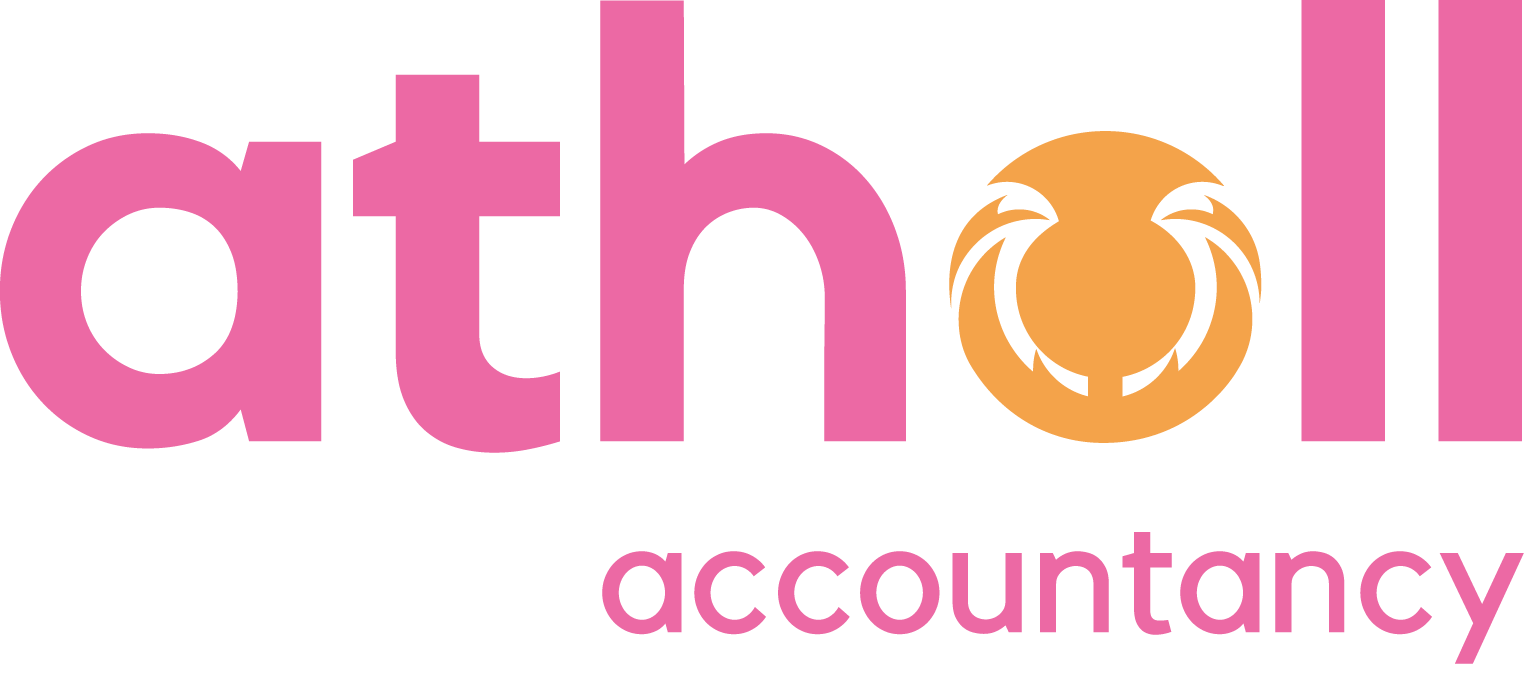They say that people are a business' greatest asset, but if you mess up payroll regularly, your team will be less engaged and productive, and your best workers will probably jump ship.
Payroll might not feel like a priority, but if you're struggling to keep on top of payroll, it's time to take steps to rectify this situation and ensure that you don't alienate your team.
Let's take a look at the steps you can take to better manage your payroll to ensure that you meet deadlines and avoid any mistakes.
Hire an in-house employee
One way to take care of your payroll is to have an in-house payroll employee. This can be a full-time or part-time position, depending on the size of your business and the frequency with which you process payroll. For most organisations, the payroll person will also be responsible for other finance or administration duties.
The advantage of having an in-house payroll employee is that they will be solely responsible for ensuring that your payroll is processed correctly and on time. They will also be able to answer any questions that your employees may have about their pay, deductions, or taxes.
However, the downside is that you will need to provide training for this employee, and they may require access to sensitive information such as bank account numbers. You will also need to ensure that they have the appropriate software to process payroll.
Outsource to a payroll service
Another option is to outsource your payroll to a professional payroll provider. This may be a payroll-only service, or most accountants also offer payroll services. This can be a good solution if you don't have the time or resources to train an in-house employee.
A payroll service will handle all aspects of your payroll, from processing payments to filing taxes. They will also be able to provide you with expert advice on compliance and other payroll-related issues.
Use payroll software
If you have a small business with a limited number of employees, you may be able to get by with using payroll software, at least until your requirements become more complex.
There are a number of different payroll software options available, and they can automate many of the tasks associated with processing payroll, such as calculating taxes and making direct deposits.
The advantage of using payroll software is that it can save you time and money, as you won't need to hire an in-house employee or outsource to a payroll company.
However, the downside is that you will need to ensure that the software is always up-to-date, and you may need to purchase additional features as your business grows. You will also have to input all of the data yourself, so there is potential for error and you will also be responsible for calculating and submitting pension contributions for your staff.
Hire a payroll consultant
Did you know that you can also hire a payroll consultant? A payroll consultant can help you review your current payroll process and make recommendations on how to improve it. They can also help you select and implement payroll software, or train your in-house employees on how to use it.
A payroll consultant can be a great resource if you are looking for someone to help you troubleshoot payroll problems or implement new procedures. They will give you the knowledge and confidence you need to manage your payroll effectively.
Final Thoughts
Now that you know some of the options available to you for managing your payroll, it's time to decide which one is right for your business. Consider the pros and cons of each option, and make a decision based on your needs and budget. A better payroll process can lead to a more efficient and profitable business, so it's worth taking the time to find the right solution for you.
